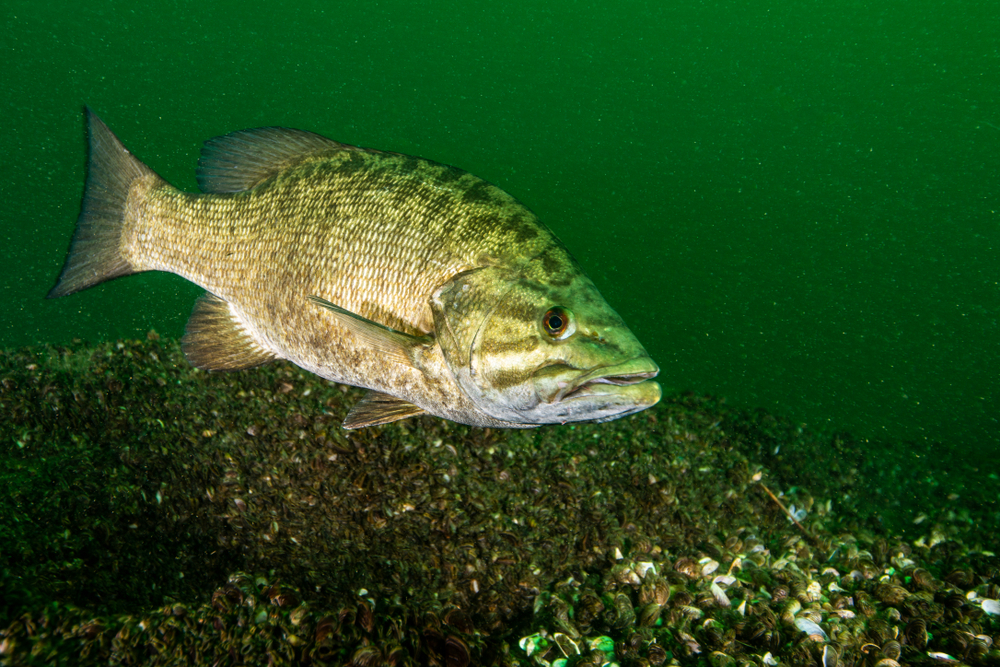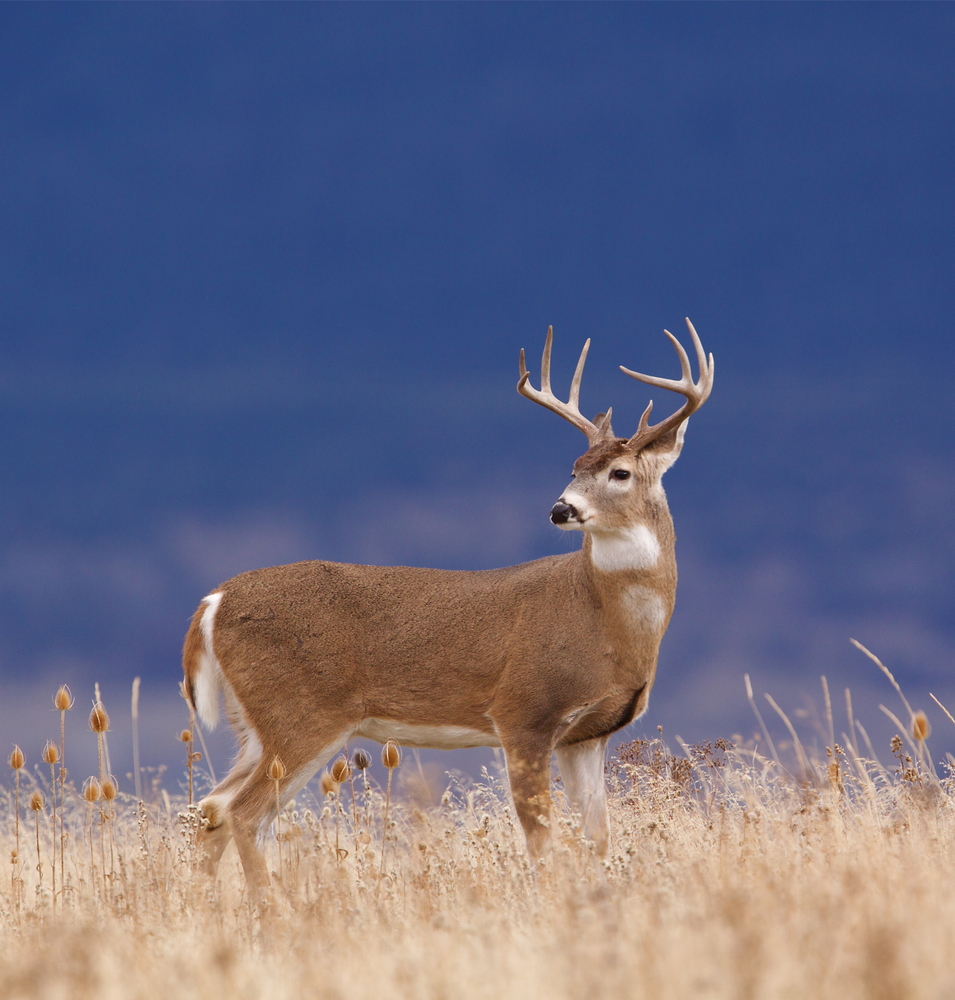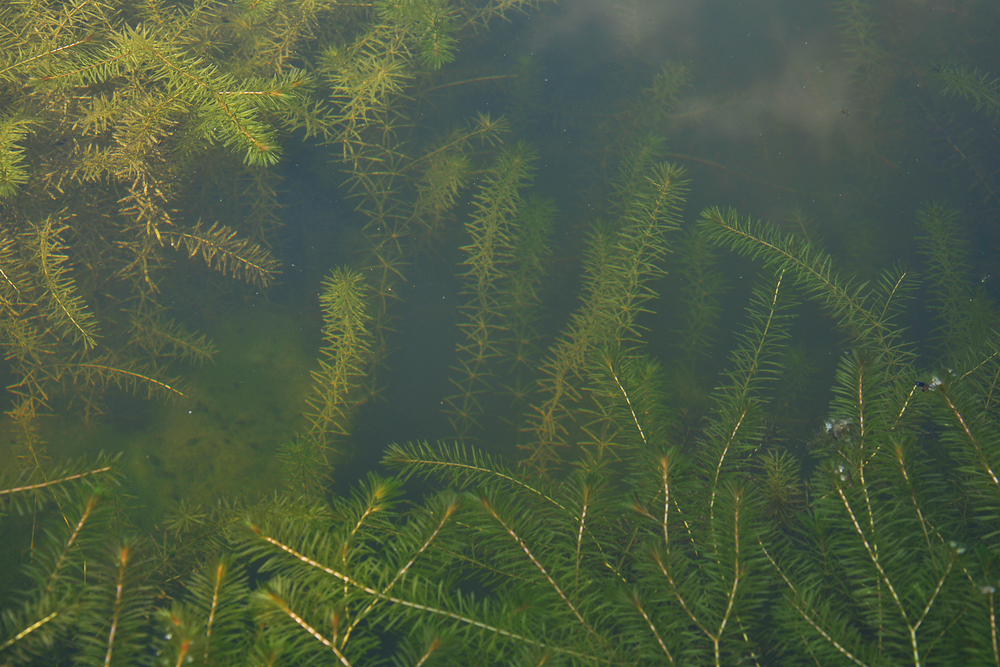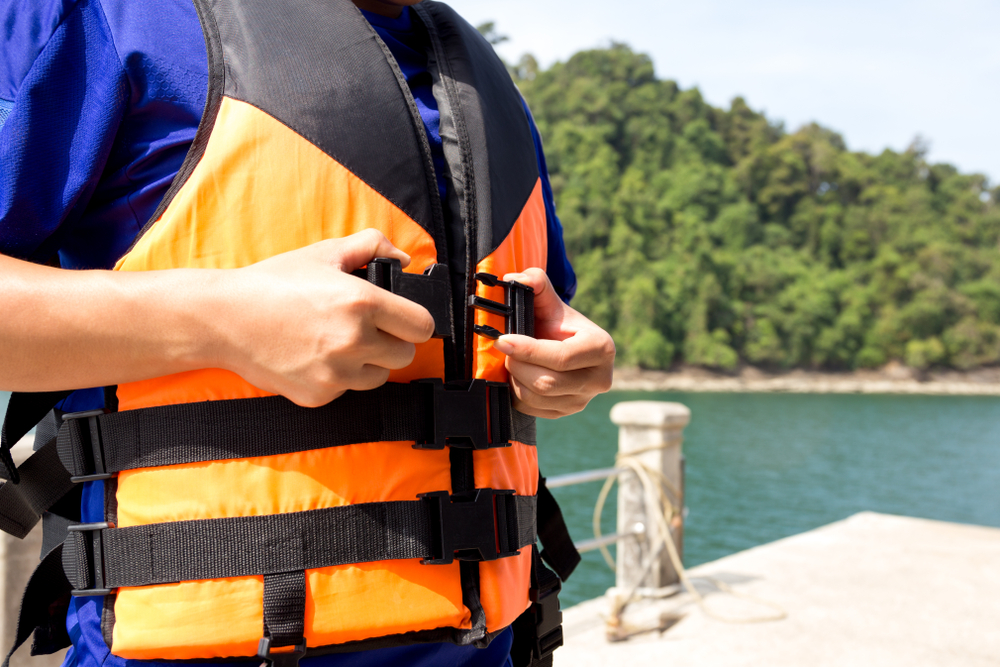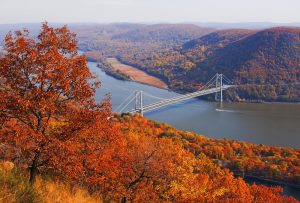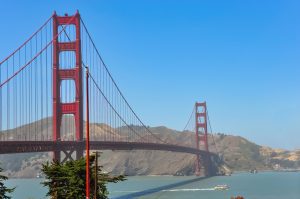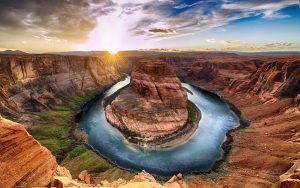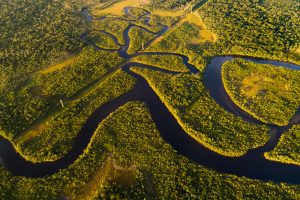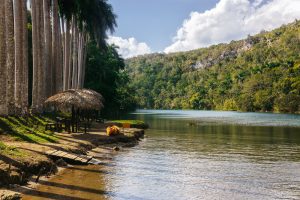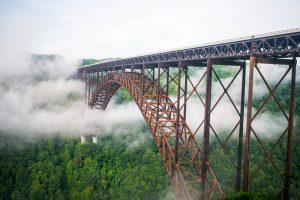The Susquehanna River is one of the lengthiest rivers on the eastern seaboard of the United States. The river is approximately forty feet deep.
Flowing from upstate New York to the Chesapeake Bay in Maryland, the Susquehanna River is one of the oldest rivers in the world.
This great river is older than the surrounding Appalachian Mountains. There is evidence that proves the Susquehanna River formed three hundred million years ago.
That makes the river as old as some dinosaurs!
Table of Contents
How old is the Susquehanna River?
The Susquehanna River is approximately 300,000,000 years old! That makes the river older than the Nile (30 million years old), Colorado (70 million years old), and the Ganges (50 million years old).
This famous river was prevalent during the Mesozoic era. Due to soil erosion, deforestation, and invasive species, the Susquehanna River is endangered.
There are many conservation stations in the area if you are interested in being part of the solution to pollution.
What is the length of the Susquehanna River?
The Susquehanna River is the longest river on the east coast of America. At 450 miles long, is the sixteenth longest river in the United States.
It flows through Cooperstown, NY, via Pennsylvania, all the way to Maryland.
If the Susquehanna River were to be drained, it would leave a space of almost 30,000 square miles. The river begins in New York and empties into the Chesapeake Bay.
What fish can be found in the Susquehanna River?
The most popular fish found in the Susquehanna River is the smallmouth bass. You can tell the difference between smallmouth bass and big-mouth bass by their connected dorsal fins.
Smallmouth bass can be found in surplus in the river. Most of the fish are between eight and twenty-two inches. They are pale brown or dark green in color and have yellow-white bellies.
Other fish that you can find in the Susquehanna River include:
- Walleye Fish
- Channel Catfish
- Flathead Catfish
- Muskellunge
- Carp
- Rainbow Trout
- Brown Trout
- Brook Trout
Besides fish, many animals, insects, and reptiles can be found in the Susquehanna River.
What birds can be found in the Susquehanna River area?
Bird watching is a popular hobby for those who enjoy the Susquehanna River. There are a wide variety of birds found in the area of the river. Some of those birds that you can see in the Maryland area include:
- American Redstart
- Bald Eagle
- Red-Eye Vireo
- Barred Owl
- Red-Shouldered Hawk
- Rose-Breasted Grosbeak
The Pennsylvania section of the Susquehanna River has its own set of birds. Those birds include:
- Tundra Swan
- American Black Duck
- Orchard Oriole
- Cedar Waxwing
- Bald Eagle
- Blue Grosbeak
What animals and insects are common to the Susquehanna River area?
Whitetail deer and otters are common in the Susquehanna River area. Beavers, squirrels, muskrats, and rabbits can also be found.
Insects like ticks, fleas, mites, and mayflies frequent the area. Mayflies have swarmed the river area so bad that warnings were released the past few summers!
Is the Susquehanna River endangered?
The Susquehanna River is endangered. In 2016 the river was named the top three most endangered rivers in the United States. An endangered river is one that is in danger of fully or partially drying up.
It can also be a river that is assumed to have ecological problems.
The Susquehanna River is the largest source of pollution for the Chesapeake Bay. The pollution is harmful to aquatic life because it feeds the river’s dead zones and algal blooms.
There are many reasons why the Susquehanna River is an endangered river.
Why is the Susquehanna River an endangered river?
The Susquehanna River is endangered because of:
- Deforestation

Deforestation is when a forest is cleared for space by humans. In the Susquehanna River area, the forests are being cleared for commercial use. Deforestation is dangerous to the plants and animal species living in the river area.
- Invasive Plant Species

An invasive plant named Hydrilla that is native to Asia and Australia has found its way into the Susquehanna River. An invasive species is any species not native to an area that changes the ecosystem in a significant way.
Hydrilla is a water plant and is one of the world’s worst invasive plants. The Hydrilla blocks out sunlight and deposes native plants with their thick covering.
If you come into contact with this plant record the location and tell the closest forest ranger.
- Pollution
Pollution is another reason why the Susquehanna River is in endanger of drying up. Pollution is responsible for many issues plaguing the world.
The river is responsible for most of the pollution that enters the Chesapeake Bay. Pollution can be decreased by reducing the number of trips we take in a car and stopping the use of plastic bags.
- Erosion from Recreational Use
There are many fun recreation activities that you can do on the Susquehanna River. Some of those activities include bird watching, fishing, hiking, canoeing, sailing, and windsurfing.
If you happen to ride an off-roading vehicle in the river area, you may disturb the landscape. If there is consistent wear in the same place, a bald spot may be left, and plants will stop growing.
Consistent wear from hiking boots will also cause erosion. By walking in thick hiking boots, you kick up dirt, disturbing the land beneath your feet.
Is the Susquehanna River safe?
The best way to stay safe on the Susquehanna River is to always wear a life vest. You should have a life vest on even if you are not in the river and are just walking along the riverbank.
Sadly, people have lost their lives in the Susquehanna River. That is why your safety needs to be your number one priority when on the river.
There is no law in the state of Pennsylvania stating that you have to wear a personal flotation device. It’s also important to note that boats do have to have enough life vests for every person on board in case of an emergency.
Exceptions to that law include:
- Children under twelve riding in a kayak or boat
- Water-skiers or anyone being towed behind a boat
- Windsurfers
Facts about the Susquehanna River
In addition to being one of the widest rivers in the U.S., the Susquehanna also has many other unique attributes, including:
- The Susquehanna River is the longest river in the eastern part of the United States.
- The Susquehanna River gives the Chesapeake Bay fifty percent of its freshwater – as well as most of its pollutants.
- The Susquehanna River flows approximately 20 miles per day on a summer day.
- The Susquehanna River comes from a Delaware Native American named Sisa’we’had’hanna. This translates to River Oyster.
Final thoughts
The Susquehanna River is the 16th longest river in the United States. The river has a depth of about forty feet, and it runs from upstate New York down through Pennsylvania and into Maryland.
Once the river reaches Maryland, it empties into the Chesapeake Bay where it is responsible for half of its freshwater. Unfortunately, this river is also endangered.
Because of deforestation, the Susquehanna River is in danger of drying up. If you want to help conserve the river, there are many wildlife conservation efforts in the area.


